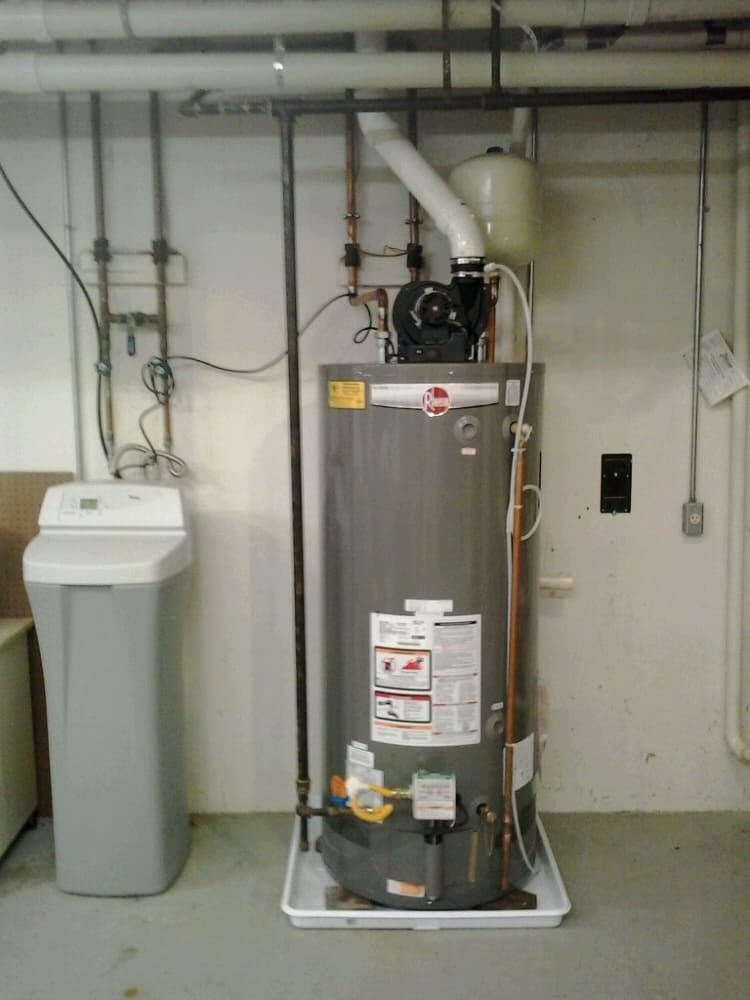Master Plumber Mark
Sensitivity trainer and plumber of mens souls
you would do well with the 75 gallon Rheem unit.. we are pretty happy with them so far
and have gotten a pretty good life span out of them.... just throw w thermal expansion tank on it
and it should last a good while....
Remember , you can always turn the 75 gallon gas heater up on HIGH too if you really want
to provide a lot more hot water....

and have gotten a pretty good life span out of them.... just throw w thermal expansion tank on it
and it should last a good while....
Remember , you can always turn the 75 gallon gas heater up on HIGH too if you really want
to provide a lot more hot water....

